--
Desert Food Chains
Food chains allow us to examine the basics of how energy passes through an ecosystem.
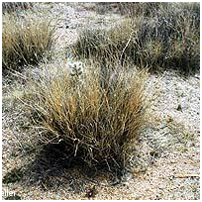 Producer |
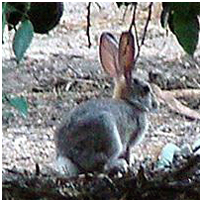 Consumer |
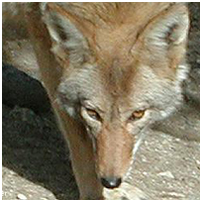 Predator |
Typical Desert Food Chains
|
Mountain Lion Mule Deer Plant (forbs) |
Coyote Quail Plant (shrub seeds) |
Snakes Lizards Insects Plant (wildflower/grass seeds) |
Hawk Snakes Rats & Mice Plant (seeds) |
The tortoise and the chuckwalla are the largest reptilian herbivores in the Mojave. The tortoise will only eat plants throughout it's life cycle while young chuckwallas have been known to sample a grasshopper or two.
Mule deer and bighorn sheep are the largest mammalian herbivores in the Mojave. Mule deer are the prefered prey of the mountain lion, while bighorn sheep are often in areas too vertical and dangerous for the big cats to successfully attack. Coyotes will sometimes corner and kill an older bighorn as a pack, but prefer to scavenge the carcass of the sheep killed by it's most dangerous predator- fly larvae. Flies will lay eggs in the nostrils of the bighorn. As the eggs grow into larvae, the bighorn suffocates.
Desert Food Pyramid
A pyramid representing trends in food consumption, with the lowest level (primary producers) having the greatest total biomass, ...Desert Food Webs
The interconnected feeding relationships in an ecosystem. These relationships can be complex; some organisms may ...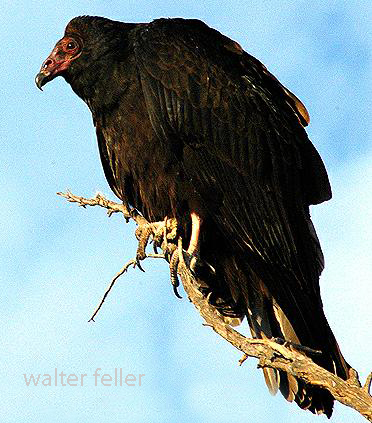
Scavenger

Swainson's hawk
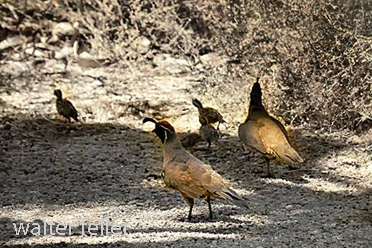
Gambel's quail